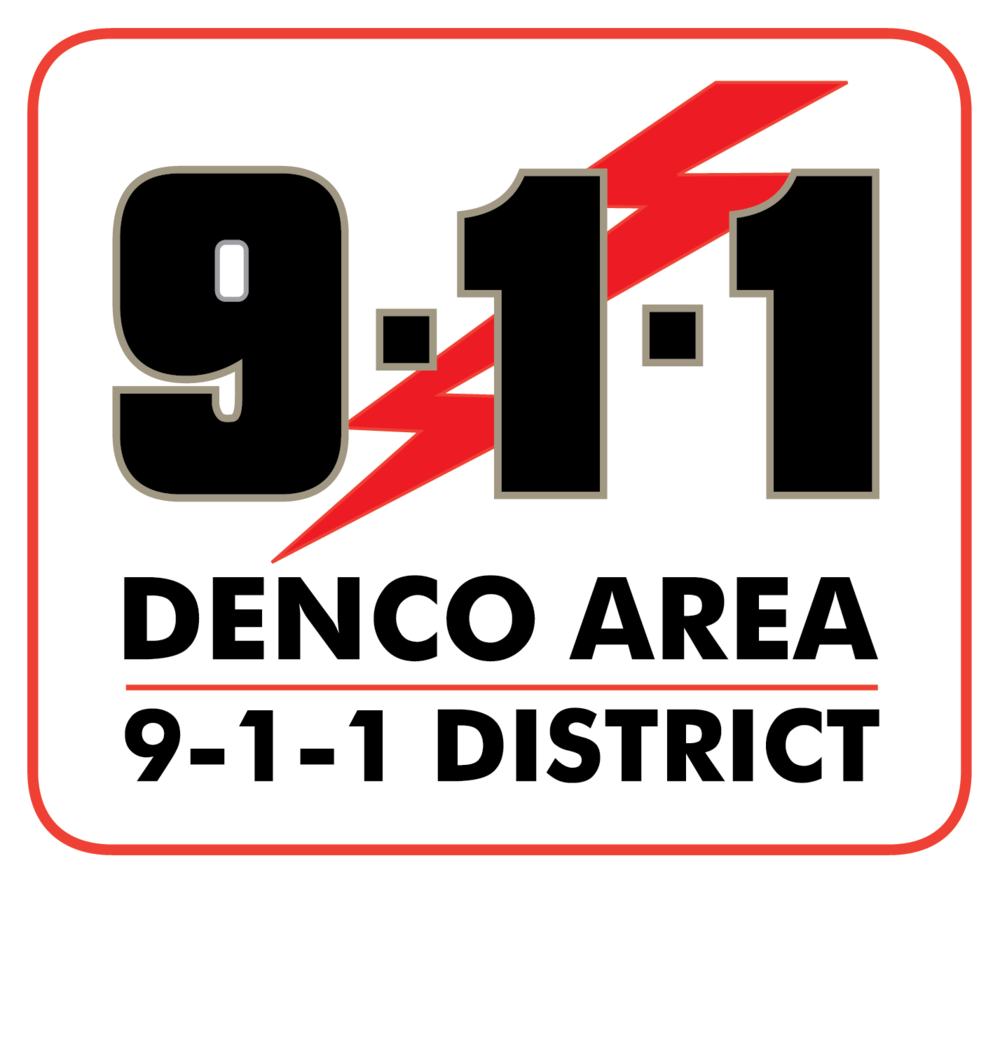Kari's Law
Equip guests, patients, employees and customers to dial 9-1-1
Texas businesses with a multiline telephone system or private branch exchange (MLTS or PBX) must configure their systems to provide direct access to 9-1-1 services without requiring callers to first dial an extra digit to get an outside line. The law also requires all capable systems to notify a central location on site when a 9-1-1 call is placed. In cases where substantial costs are involved to achieve compliance, organizations may file for a one-year waiver by the Sept. 1 annually.
Recognizing and correcting 9-1-1 issues
If you operate a multiline phone system in your office building, school, hotel, hospital, or other venue, it’s your responsibility to know and address the issues that can arise from dialing 9-1-1. Some MLTS require an extra digit, often a 9, to be entered for an outside line. This can cause problems, especially since people are taught to dial 9-1-1 and not 9, 9-1-1. In addition, 9-1-1 calls made from multiline phones often show the corporate or billing address rather than the floor or room number of the emergency caller, causing potential response delays.
In order to combat these and other barriers to emergency response, Kari’s Law requires multiline phone systems to offer:
A direct connection to emergency services when dialing 9-1-1, without first having to dial a prefix digit or access code.
Automatic notification of each 9-1-1 call to a central location on site (in instances where no hardware changes are necessary).
Steps you can take to achieve compliance
The good news is that issues with MLTS access to 9-1-1 can be avoided by working with your MLTS service provider and coordinating with your local 9-1-1 agency. In fact, many MLTS providers have indicated that there may be little to no cost involved in updating the system configuration to allow direct access to 9-1-1. Here’s how you can make a simple change that could potentially save lives:
Contact your MLTS operator to confirm that your outgoing lines can dial directly to 9-1-1.
Schedule a test call with your local 9-1-1 agency. Your local 9-1-1 coordinator can also work with you to help resolve MLTS issues.
Visit the Texas 9-1-1 Alliance website to learn more about Kari’s law and other 9-1-1 issues.
About waivers and restrictions
If a multiline phone system cannot meet these requirements by the Sept. 1 deadline without substantial cost, a one-year waiver may be granted. In these cases, an instructional sticker must be placed adjacent to all noncompliant, outbound-capable telephones to indicate that the phone is unable to directly access 9-1-1 without callers first dialing a prefix number.
Apply for a one-year Kari’s Law waiver
To apply for a Kari’s Law waiver, download and complete the request affidavit.
About Kari
Kari’s Law is named for Kari Hunt, whose 9-year-old daughter tried desperately to call for help as her mother was being murdered in the bathroom of their motel room in Marshall, Texas. Without knowing to dial 9 for an outside line, none of the girl’s four attempts to dial 9-1-1 ever went through. Kari’s Law removes this barrier to emergency services, allowing callers to connect quickly and easily with the help they need.
Learn More
For additional information and resources, visit http://www.texas911.org/Home/Faq.

